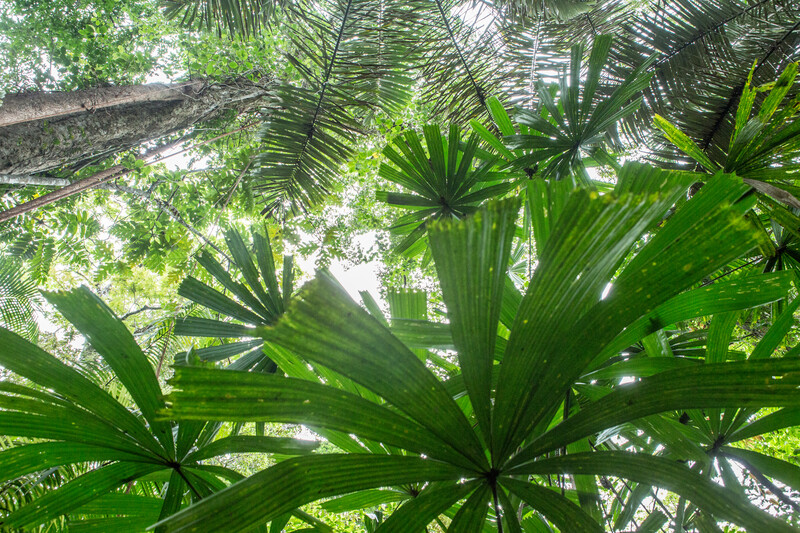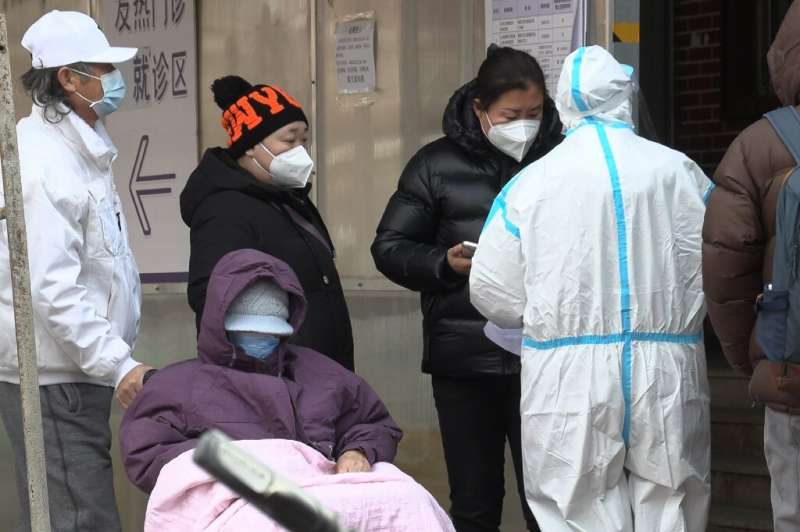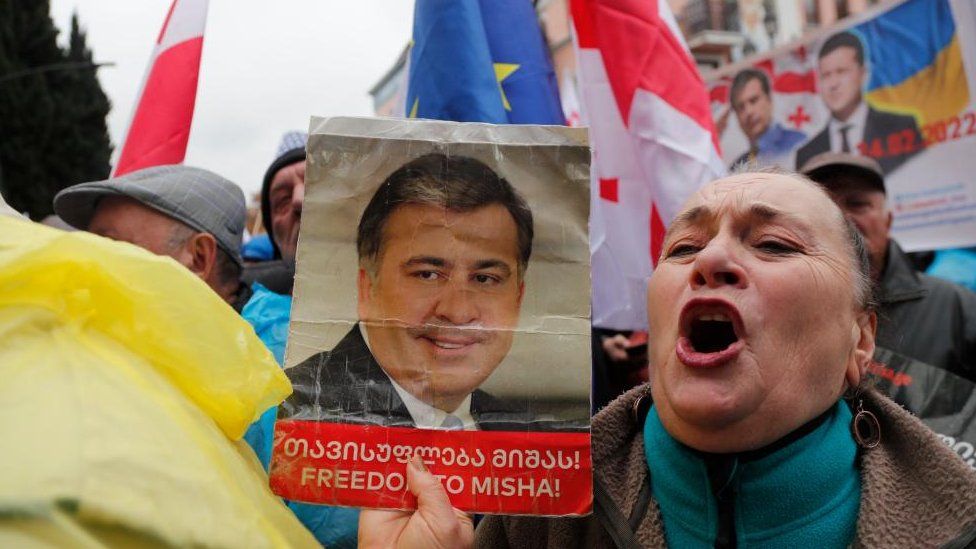
ROFLMAO
California scientists announced a breakthrough that could commercialize nuclear fusion in a few decades, but a Vancouver-based company has a method that claims to power homes with the technology by the early 2030s.
Unlike at Lawrence Livermore National Laboratory, which used lasers to achieve net gain energy, General Fusion compresses hydrogen plasma inside a large cylinder to increase density and temperature.
General Fusion's method uses high-powered pistons to squeeze liquid metal around the plasma to build pressure until the mixture hits 180 million degrees Fahrenheit - and fusion occurs.
The firm has set the early 2030s for when it plans to have its first commercial power plant online, but is targeting 2027 to demonstrate fusion on a power plant level.
General Fusion is developing a massive plasma injector that uses pistons to compress the mixture in a new process that claims to commercialize the clean energy by the early 2030s
Scientists at the Lawrence Livermore National Laboratory's National Ignition Facility (NIF) in California announced Monday that they had achieved 'net energy gain' by producing more energy in fusion than was used to activate it.
The experiment saw the high-energy lasers converge on a target about the size of a peppercorn, heating a capsule of hydrogen to more than 180 million degrees Fahrenheit and 'briefly simulating the conditions of the sun,' said the facility's director, Dr Kim Budil.
'I think it's moving into the foreground — and probably with concerted effort and investment, a few decades of research on the underlying technologies could put us in a position to build a power plant,' she added.
General Fusion, however, claims it will beat the scientists with its new method called Magnetized Target Fusion (MTF).
Historic 'breakthrough' in nuclear fusion: Scientists achieve 'holy grail' by replicating power of the sun,…




















 IMAGE SOURCE,GEORGIA INTERIOR MINISTRY/REUTERSImage caption,
IMAGE SOURCE,GEORGIA INTERIOR MINISTRY/REUTERSImage caption,